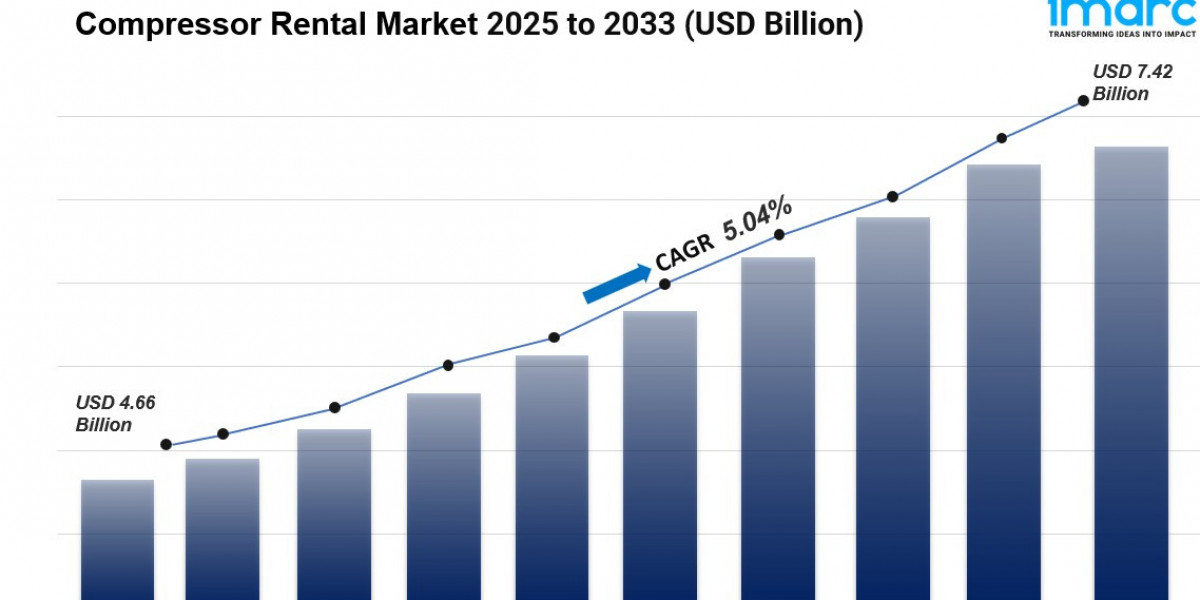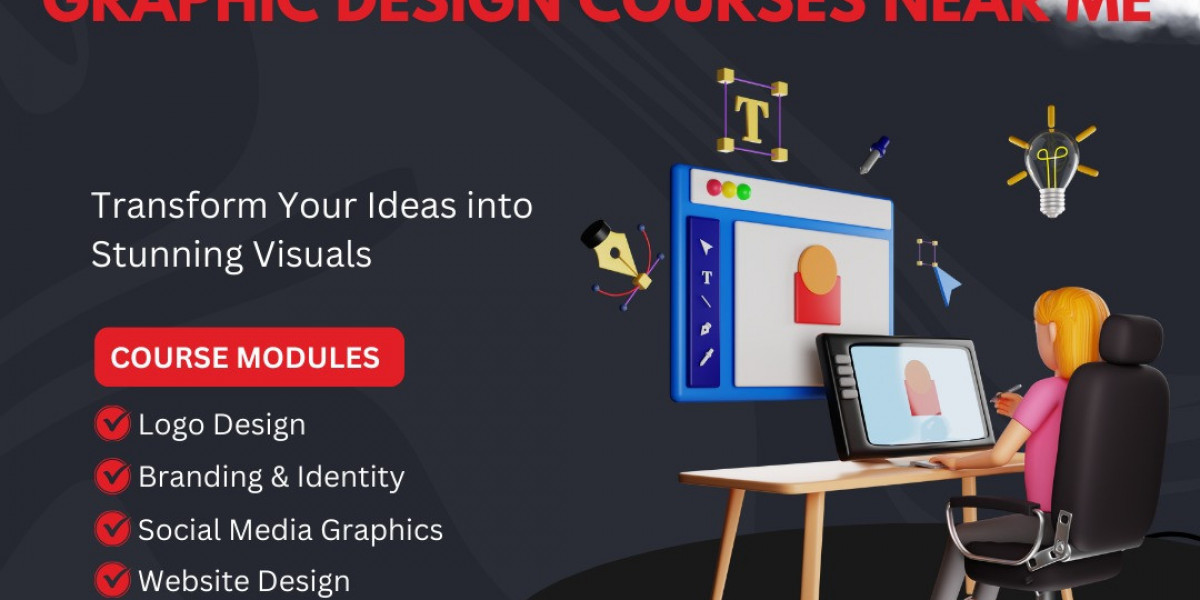The Rise of the AI Short Film
Artificial Intelligence is transforming the filmmaking industry, enabling creators to produce high-quality short films with minimal resources. The term AI short film refers to content generated or heavily influenced by AI-powered tools, from scriptwriting and storyboarding to animation and post-production. This technology has become a game-changer, especially for independent creators, startups, and digital marketers looking to produce professional video content quickly and cost-effectively.
How AI Powers the Creative Process
AI simplifies and accelerates the creative process by automating complex and time-consuming tasks. With tools like GPT-based scriptwriters, text-to-video platforms, and AI voiceover generators, creators can now ideate, develop, and finalize a short film in a fraction of the time it traditionally takes. For instance, text prompts can generate entire scenes, and AI-driven tools can adjust tone, pacing, and style, all while maintaining a coherent storyline. These innovations make it easier for creators to focus on storytelling rather than technical limitations.
Scriptwriting With AI
One of the first steps in making an AI short film is creating a compelling script. AI tools like ChatGPT and Sudowrite allow creators to brainstorm ideas, develop characters, and even write entire dialogues. These platforms analyze thousands of film scripts, learning structure, character development, and dramatic arcs. This allows writers to generate plotlines that are emotionally engaging and well-paced. For those struggling with writer’s block, AI offers a collaborative partner that keeps the creative flow going.
Visual Generation and Storyboarding
Storyboarding is an essential phase in filmmaking, and AI has made it more accessible than ever. Platforms like Storyboarder and Runway ML use machine learning to create visual templates based on written scenes. By inputting short text descriptions, filmmakers can instantly receive AI-generated sketches or rendered scenes. These tools provide a clear visual structure, helping creators pre-visualize their AI short film without needing expensive design software or teams of illustrators.
AI Animation and Motion Graphics
Animation is one of the most resource-intensive parts of short film production. AI now enables fast and efficient animation creation through tools like DeepMotion and Adobe Sensei. These platforms allow motion capture and character animation with minimal manual input. AI interprets movements and facial expressions, applying them to animated characters in real time. This is especially useful in AI short film projects that require quick production cycles and realistic animations without massive budgets.
Text-to-Video Conversion
Text-to-video technology is at the heart of the AI short film revolution. Tools like Pika, Runway Gen-3, and Synthesia allow users to convert written scripts into full video scenes. These platforms integrate avatars, voiceovers, background settings, and music into a single output. Users simply input a scene description, select a visual style, and generate a video in minutes. The AI even adjusts lip-syncing and camera angles to make the video feel cinematic and dynamic.
Voice Synthesis and Sound Design
AI-generated voiceovers have become increasingly realistic. With tools like ElevenLabs and Descript Overdub, filmmakers can create high-quality narration and character voices using only a few audio samples. These systems can adjust tone, pitch, and cadence, ensuring the audio fits the emotional context of each scene. Additionally, AI-based sound design tools can add music, ambient effects, and transitions that elevate the storytelling experience. This allows AI short film creators to maintain full control over the auditory landscape of their projects.
Editing and Post-Production With AI
Editing is often the most time-consuming part of filmmaking. However, AI now offers automated editing solutions. Tools like Magisto and Wisecut analyze footage, select the best takes, apply filters, and even sync audio. These platforms use intelligent algorithms to understand context, visual coherence, and emotional beats, ensuring the final cut flows naturally. For AI short film creators, this dramatically reduces turnaround time while maintaining a professional finish.
Ethical and Creative Considerations
As AI becomes more prominent in filmmaking, ethical questions arise. Who owns the rights to AI-generated content? Is the creative vision truly yours if the machine played a significant role? These issues are being actively debated. Creators of AI short films should ensure transparency in their creative process and remain aware of copyright implications when using AI-generated content.
The Future of AI in Short Film Production
The pace at which AI technology is evolving suggests a future where anyone with a vision can become a filmmaker. We can expect even more advanced features, including emotion-detecting story engines and fully autonomous scene generation. As accessibility increases, AI short film production will likely become a staple in content creation across education, entertainment, and marketing.
Final Thoughts
AI is not here to replace filmmakers but to empower them. Whether you're an aspiring director or a digital content creator, using AI for your short film can unlock new creative possibilities. With the right tools and understanding, your next AI short film could be a masterpiece that blends technology and storytelling in a way never before possible.








